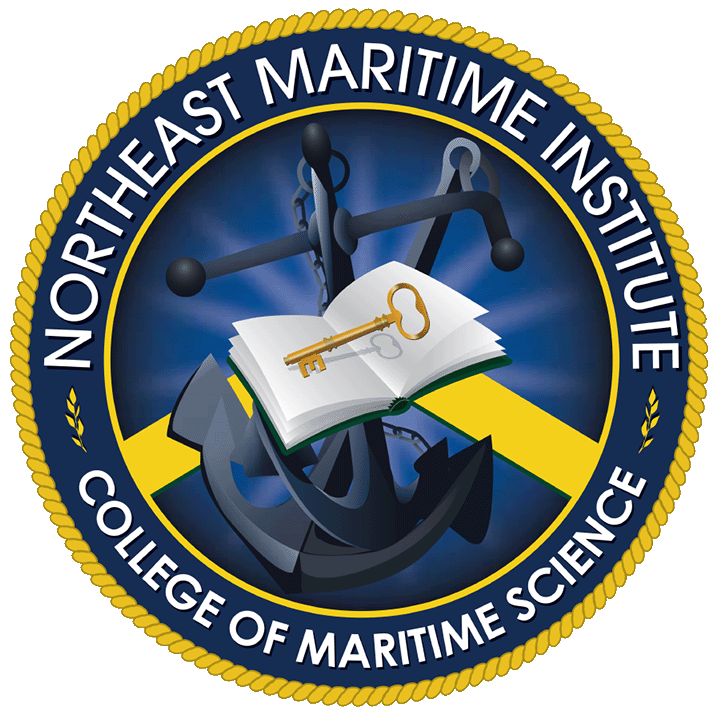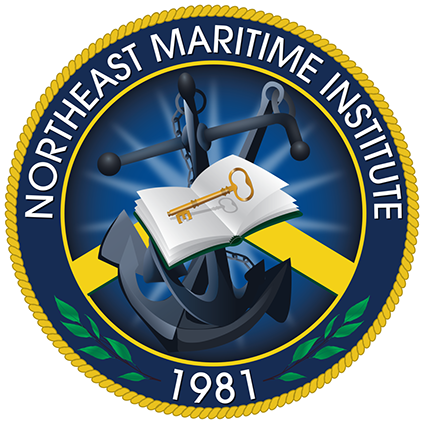The United States Coast Guard and the Northeast Maritime Institute – College of Maritime Science entered a historic partnership agreement in 2023. This agreement provides NMI graduates the opportunity to enter a Lateral Enlistment Program into the Coast Guard as junior petty officers upon graduation from NMI’s Associate in Applied Science in Nautical Science Degree Program and completion of the USCG boot camp. NMI graduates will have the option to enlist as third-class or second-class Boatswains Mates, enlisting either full time into the Coast Guard or into the Coast Guard Reserve while serving in the United States Merchant Marine.
Students graduating from high school and enrolling into NMI’s Associate in Applied Science in Nautical Science Degree Program may also have the option to enroll as Reservists and attend U.S. Coast Guard boot camp during the summer months between high school graduation and their fall semester. Students who choose this option will receive a bonus and pay to offset their college tuition expenses.
U.S. Coast Guard by the Numbers
16,000+
search & rescue cases
23,000+
vessel safety/security inspections
10,000+
pollution response cases
16,000+
search and rescue cases per year
10,000+
pollution response cases per year
23,000+
vessel safety/security inspections


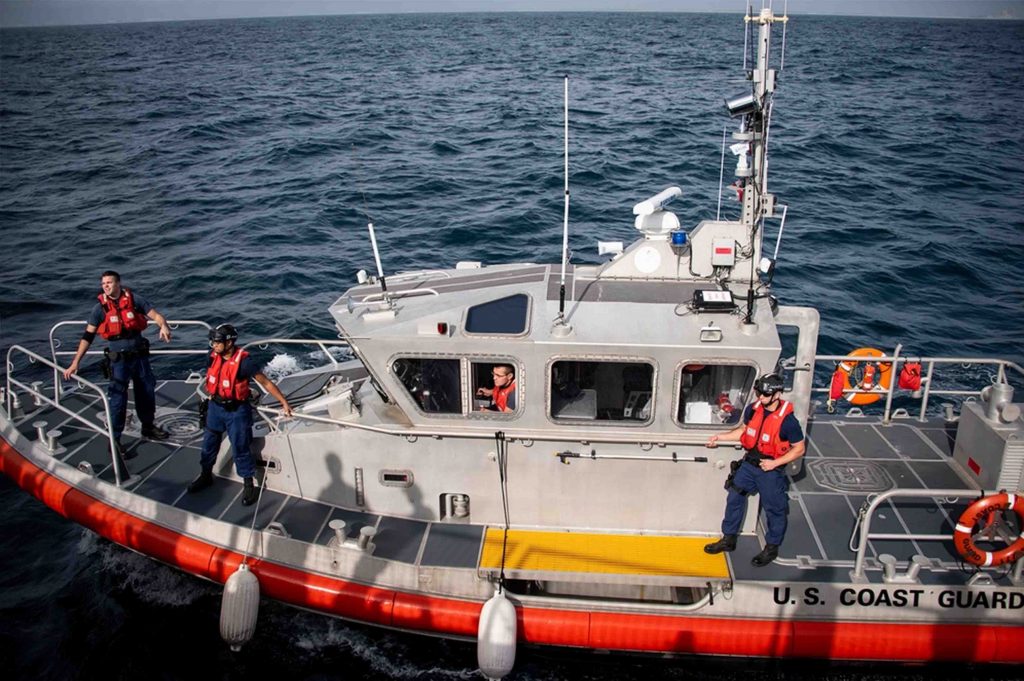
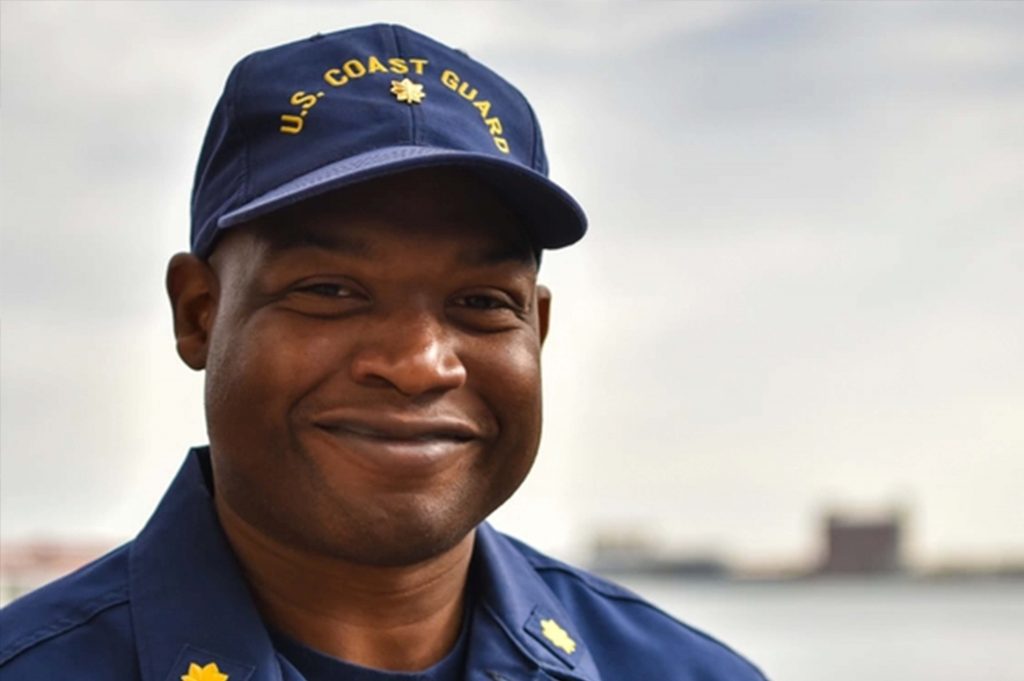
Boatswain's Mates
The Boatswain’s Mate Petty Officer rating stands as the backbone of every Coast Guard mission, dedicated to the noble task of saving lives, protecting our homeland and serving as the gatekeepers of our nation’s maritime trade and commerce. These Petty Officers are the guardians of sea through their enhanced skill sets in deck seamanship and navigation, providing the safety and confidence of all who venture out to sea. Their expertise is intertwined with the very fabric of all Coast Guard maritime operations, with hardly a moment passing with a Boatswain’s Mate not being involved or leading the charge. Boatswain’s Mates amass a wealth of experience that is not only deep but also far-reaching, allowing them to save lives in a myriad of situations. Operating complex maritime systems and navigating all types of vessels become second nature to Boatswain’s Mates through their rigorous skill sets, credentialing, and relevant training, enabling them to respond swiftly and effectively to any crisis at sea. Boatswain’s Mates are truly the “guardians of the sea.”
As a Northeast Maritime Institute – College of Maritime Science Associate of Applied Science in Nautical Science Degree graduate, you can laterally enlist into the Coast Guard as a Boatswain’s Mate. NMI “Lateral Enlistment Graduates” will tackle an array of unique and demanding challenges, armed with some of the nation’s most comprehensive, top-notch lifesaving, nautical operations, and professional law enforcement education. You will possess an unwavering commitment to solving extraordinary problems and are constantly guided by the urgency of preserving safety of life at sea, maritime security and environmental protection at the highest levels of operations. Every decision a Boatswain’s Mate makes involves thoughtful risk and threat assessments, where the paramount goal is to choose the safest and most efficient course of action for a successful outcome. The daily life of a Boatswain’s Mate is a tapestry of excitement and fulfillment, knowing that their actions directly impact the survival and well-being of those in distress.
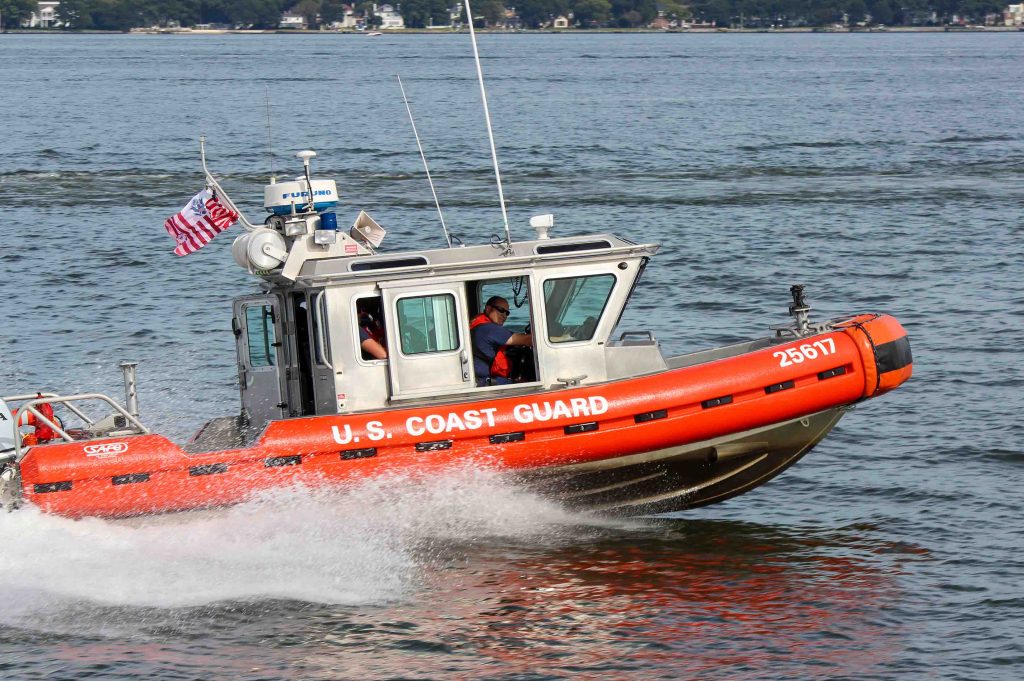
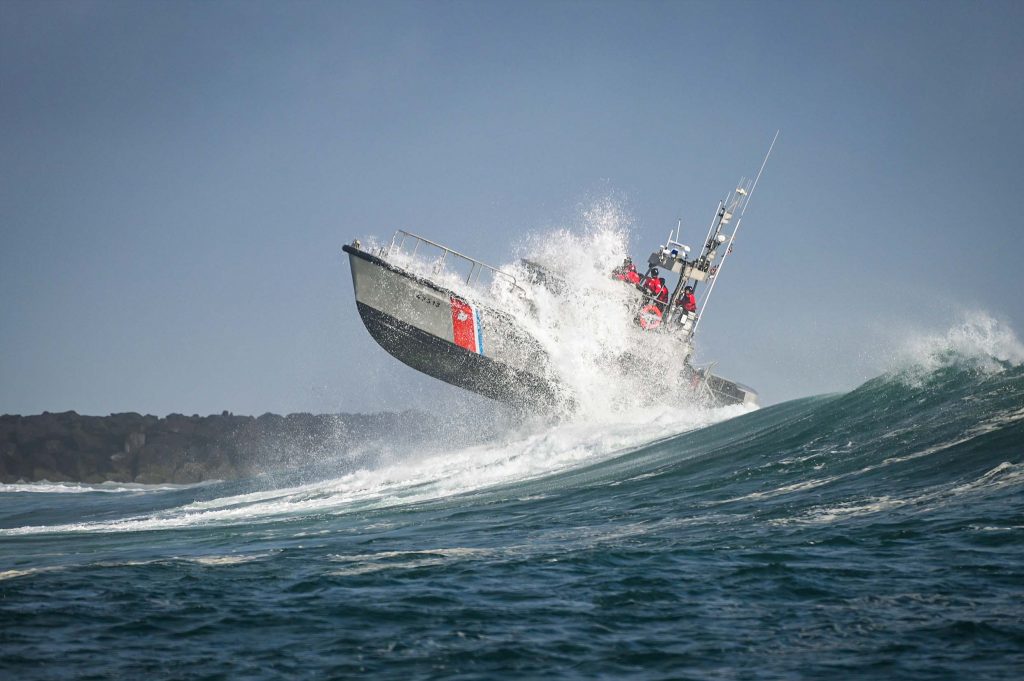
As a Northeast Maritime Institute – College of Maritime Science Associate of Applied Science in Nautical Science Degree graduate, you can laterally enlist into the Coast Guard as a Boatswain’s Mate. NMI “Lateral Enlistment Graduates” will tackle an array of unique and demanding challenges, armed with some of the nation’s most comprehensive, top-notch lifesaving, nautical operations, and professional law enforcement education. You will possess an unwavering commitment to solving extraordinary problems and are constantly guided by the urgency of preserving safety of life at sea, maritime security and environmental protection at the highest levels of operations. Every decision a Boatswain’s Mate makes involves thoughtful risk and threat assessments, where the paramount goal is to choose the safest and most efficient course of action for a successful outcome. The daily life of a Boatswain’s Mate is a tapestry of excitement and fulfillment, knowing that their actions directly impact the survival and well-being of those in distress.
DUTIES
Boatswain’s Mate can be found at nearly every duty station across the United States and in various overseas locations, serving as beacons of hope and salvation for professional mariners and those recreating on the water. They are an integral part of every Coast Guard search and rescue vessel, humble tugs or buoy tender, to the cutting-edge National Security Cutters. Additionally, Boatswain’s Mates often serve as federal law enforcement officers, expanding their reach to protect lives and uphold the laws within our domestic waters and rules-based order on the high seas. Their versatility shines as they assume command of coastal search and rescue vessels, patrol boats, river tenders, harbor tugs, buoy tenders, and small shore units, including search and rescue stations and aids to navigation teams. In every assignment, regardless of their stage in their career, Boatswain’s Mates shoulder the immense responsibility of completing maritime missions safely and ensuring the health and welfare of their fellow shipmates. Leading with unwavering determination and leveraging their expertise, Boatswain’s Mates rise to the challenges faced by the Coast Guard, both on the tumultuous seas and on the unforgiving shorelines.
EDUCATION & TRAINING
Boatswain’s Mates graduating from the Northeast Maritime Institute – College of Maritime Science Associate of Applied Science in Nautical Science Degree program is a great option to realize the crucible of life-saving skills are honed and perfected to be used for the overall Coast Guard mission. This education and training regimen created in the Associate of Applied Science in Nautical Science Degree molds NMI graduates into consummate professionals capable of navigating all waters and successfully realizing mission based success day in and day out.
Beyond initial training at NMI, Boatswain’s Mates have the opportunity to pursue advanced training in specialized areas such as coxswain, heavy weather coxswain, tactical coxswain, aids to navigation basic and advanced, buoy deck supervisor, command cadre school, and a multitude of law enforcement schools. Through these rigorous programs, Boatswain’s Mates elevate their life-saving abilities to even greater heights, ensuring they are prepared for any situation that may arise.
QUALIFICATIONS
Prospective Boatswain’s Mates embody the epitome of leadership, possessing the strength of character needed to endure the toughest challenges. Physical strength, acute hearing, normal color vision, and exceptional manual dexterity are essential attributes that enable BMs to execute their life-saving duties with precision. Moreover, Boatswain’s Mates must demonstrate an unwavering commitment to applying their learned skills to novel and high-pressure situations. Their ability to adapt and thrive in the face of adversity is what sets them apart as lifesavers within the Coast Guard.

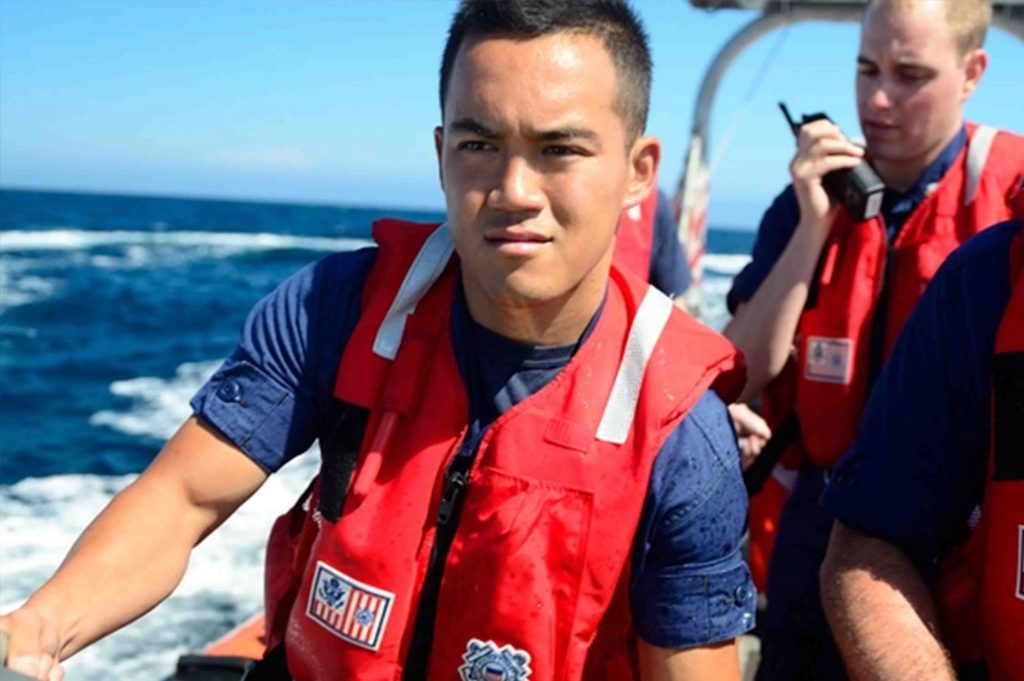

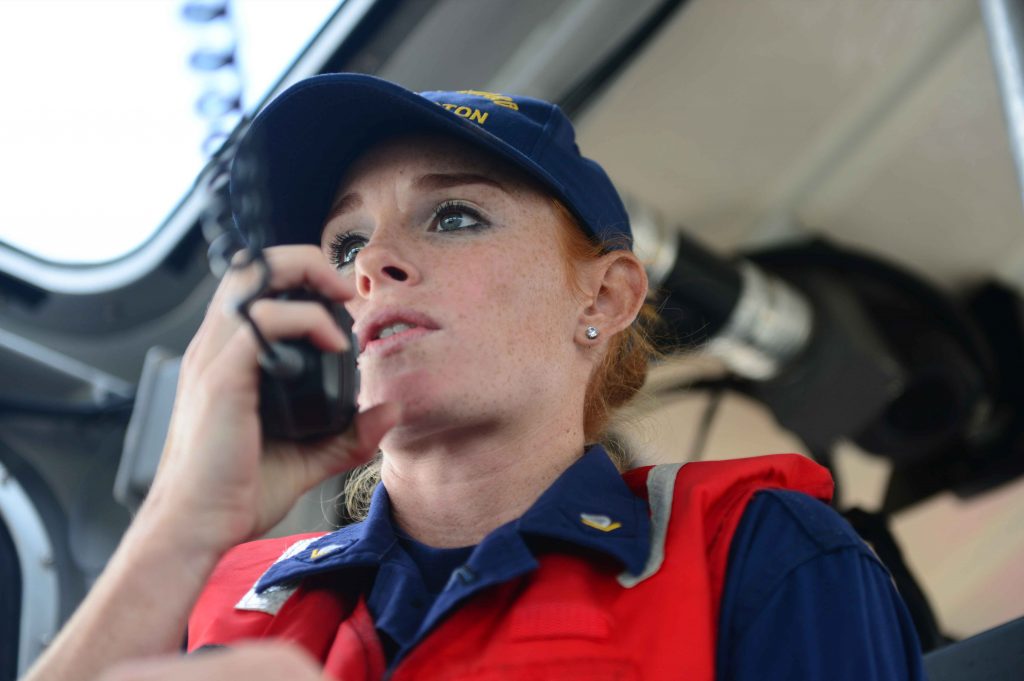
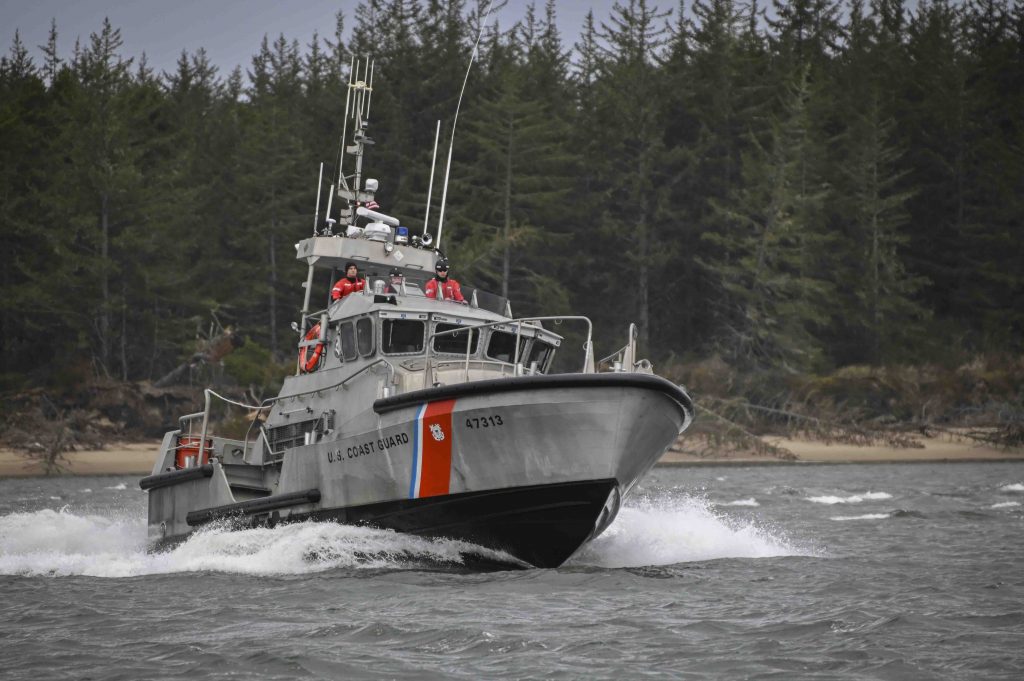
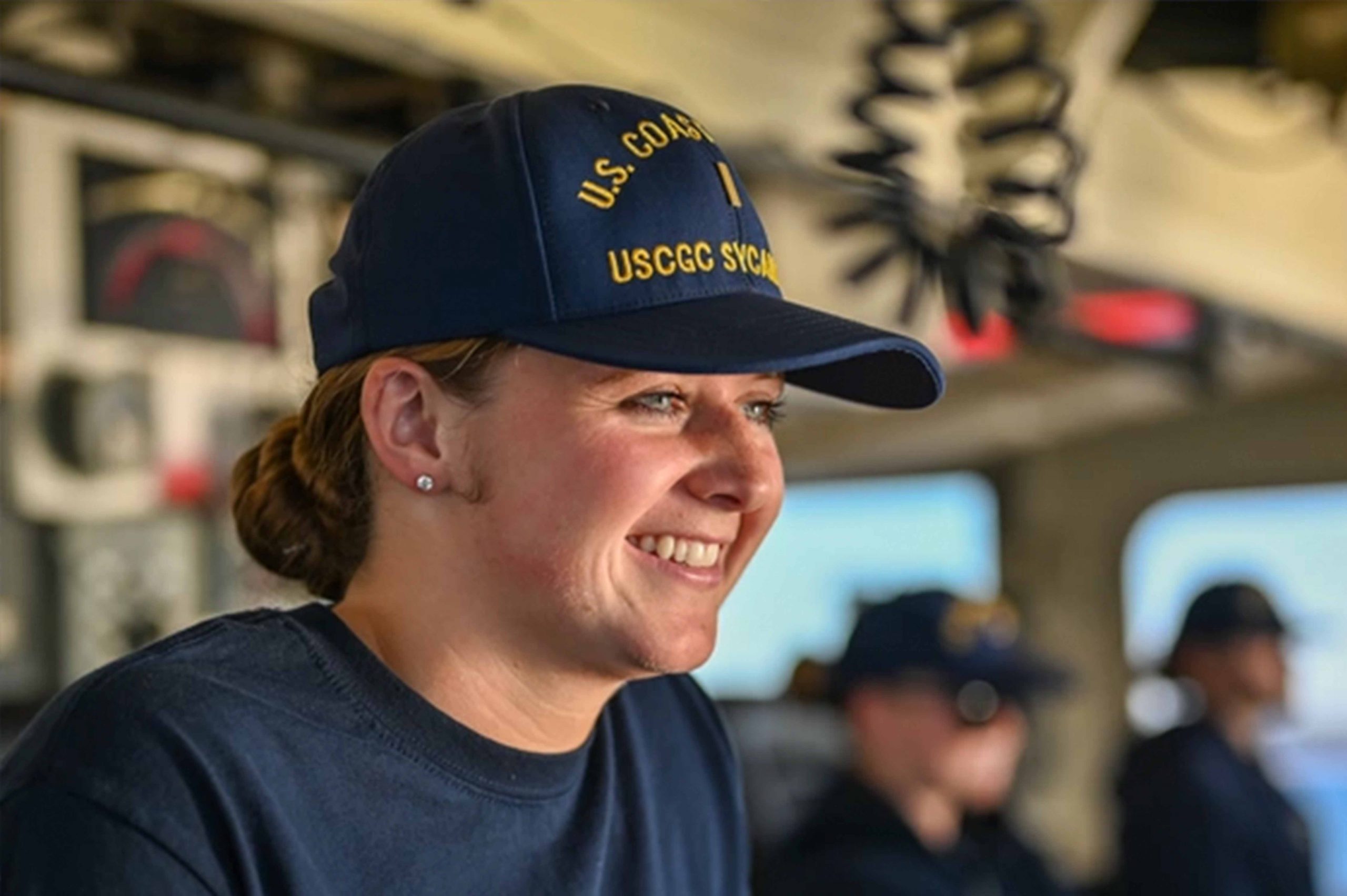

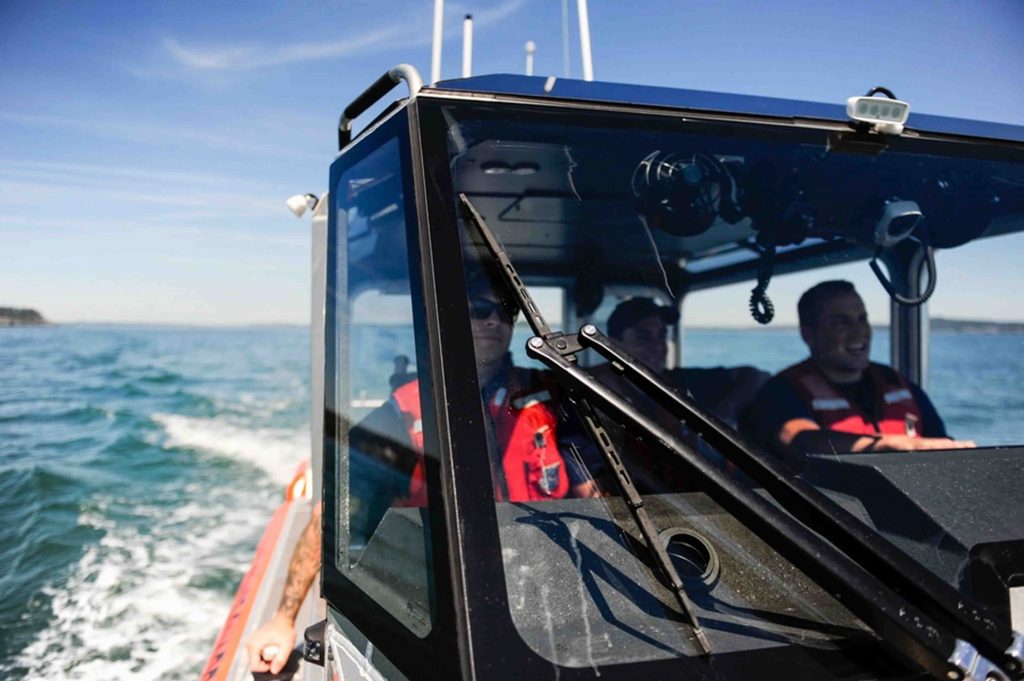
Frequently Asked Questions
Those who go through the USCG/NMI Lateral Enlistment Program through Northeast Maritime Institute – College of Maritime Science’s Associate of Applied Science in Nautical Science (AASNS) Degree who want to come into the CG at an advanced paygrade (E-4/E-5) would need to enlist as a Boatswain’s Mate upon graduation. However, if the student simply desires a different career path in one of the other CG ratings, then they are certainly eligible to go that route by attending the desired “A-School” for that path.
In this scenario, the student would be enlisting on the CG Reserve path, with intentions to go to NMI post bootcamp. Bonuses depend on what is being offered each fiscal year for accession into the Select Reserve (SELRES). To learn more about fiscal year 2023's bonuses, please review the USCG's FY23 SELECTED RESERVE (SELRES) BONUS AND DESIGNATED UNIT PAY (DUP).
In short, yes. When they are attending bootcamp they will be on Initial Active Duty Training (IADT) and receiving full pay and benefits at the paygrade of which they were enlisted. Once graduated, they will enter their CG Reserve status and be paid per drilling period but also be entitled for Tuition Assistance, Life Insurance, Personal/Family Medical (Tricare Reserve Select program), 401-K Retirement plan. So, the verbiage of “full pay and benefits” is based on where they are in the process (IADT or SELRES).
NMI’s College of Maritime Science currently offers the Associate in Applied Science in Nautical Science degree program, which provides aspiring mariners with a fast track to employment in the commercial maritime industry or as junior petty officers in the United States Coast Guard. The Nautical Science program is transforming maritime education by providing the required knowledge, practical training and sea time to qualify for U.S. Coast Guard licensing and an Associate’s degree in just two years. The program includes two summer cooperative learning semesters where students gain practical experience, earn sea time towards their license and make industry connections to jumpstart their careers. The program is approved by both the Massachusetts Department of Higher Education and the United States Coast Guard’s National Maritime Center. A hands-on focus offers students numerous opportunities for experiential learning using comprehensive classrooms, training aids, advanced simulators and numerous vessels.
Anyone that has a bachelor’s degree can apply for OCS but they must always compete for selection through the officer panel process. Students that graduate through the associate degree program and have lateraled into a Boatswain’s Mate position, have the opportunity to apply for the OCS-T program if they continue with a Bachelors Degree (ensuring they meet the current eligibility standards for the program) upon graduation from NMI or while enlisted in the USCG.
Anyone 18 years old and older or 17 years old with guardian consent can start processing through a MEPS office. We suggest starting this process early as there is no set MEPS timeline, it varies from person-to-person depending on their medical history, however, students enrolled in the USCG/NMI Lateral Enlistment Program through Northeast Maritime Institute – College of Maritime Science’s Associate of Applied Science in Nautical Science (AASNS) Degree are not required to take the Armed Services Vocational Aptitude Battery (ASVAB) test. Once the MEPS physical and acceptance in the Degree Program are complete, they are good for 2 years so there is plenty of time for the remainder of the enlistment process. A high school diploma is required for USCG/NMI Lateral Enlistment Program through Northeast Maritime Institute – College of Maritime Science’s Associate of Applied Science in Nautical Science (AASNS) Degree eligibility. Students who want to take the Reserve Bonus Option while enrolled at NMI are required to start the MEPS process.


U.S. Coast Guard Benefits
Education Benefits
The Montgomery GI Bill will help you pay for college or technical training. You may also qualify for the Post-9/11 GI Bill (benefits have increased substantially). You can use it at colleges, universities, trade schools, on-the-job training, apprenticeships and flight schools. To see what programs are currently approved, go to gibill.va.gov.
Health Care
Free comprehensive medical, dental and eye care for you and your family.
Life Insurance
You have the option of selecting up to $400,000 in life insurance at a minimal cost. You can also purchase economical life insurance for your family.
Paid Vacation
You will receive 30 days of paid vacation per year.
Included Tax-Free Income
- Basic Allowance for Housing (AH)
- Basic Allowance for Subsistence (BAS)
- Uniform allowance (enlisted)


Coast Guard FAQs
The U.S. Coast Guard is one of the five armed forces of the United States and the only military organization within the Department of Homeland Security. Since 1790, the Coast Guard has safeguarded our nation's maritime interests and environment around the world.
The Coast Guard Reserve is a force of nearly 8,100 specially trained people who serve the Coast Guard one weekend a month and two weeks a year. In the Coast Guard Reserve, you can continue both your civilian career and education while serving part-time. Reservists work alongside active-duty personnel, performing the same missions and jobs.
Generally, qualifications are the same as active duty except you can be between 17 and 40 years old.
A drill is a period of inactive duty for training scheduled for the performance of personal training, military training or unit training. Most units schedule drills over one weekend each month, but you also have flexibility to spread drills throughout a month.
- Captain, Mate, or Pilot of Water Vessels
- General and Operations Manager
- Emergency Management Director
- First-line Supervisor of Material-moving Machine and Vehicle Operators
- Schedule Development or Personnel Management Specialist
